Projector Reviews
Sort By: Post DateTitle Publish Date
|
May 09, 2002 |
First Published: May 10, 2002
|
Sep 09, 2003 |
First Published: Aug 01, 2003
|
Oct 12, 2016
|
Mar 02, 2008 |
First Published: Apr 02, 2008




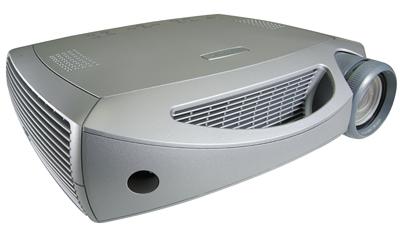

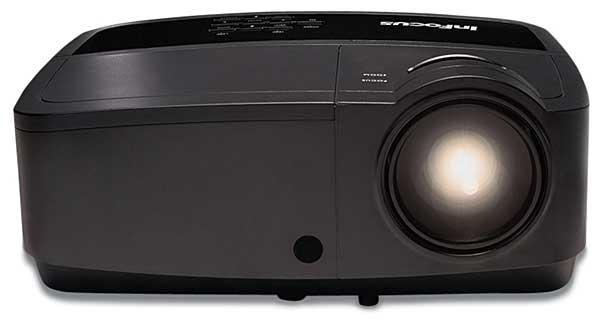
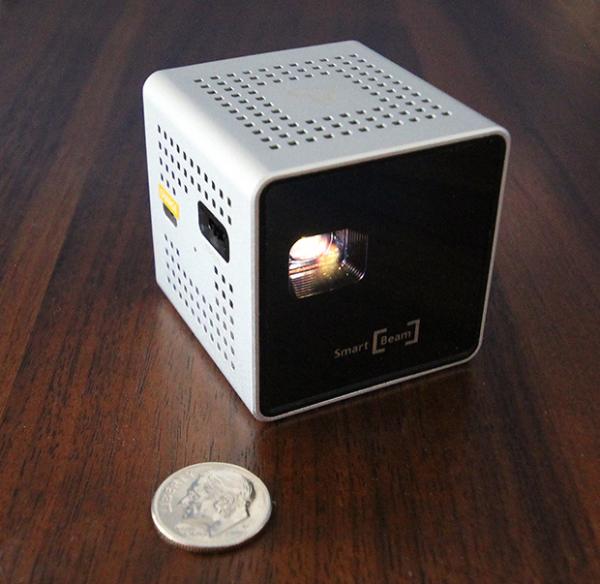
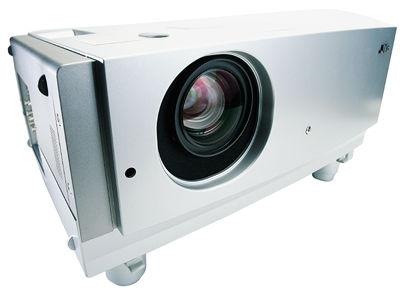
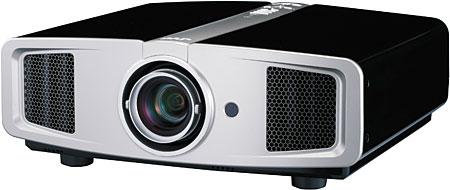
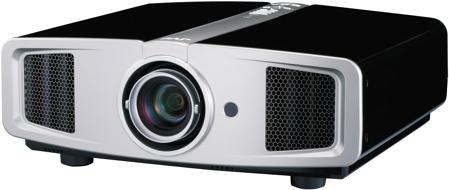


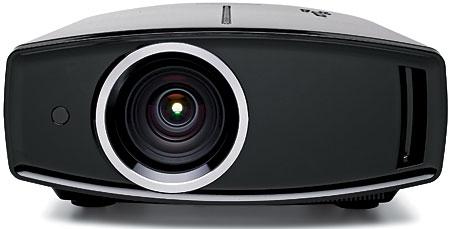
 Price: $4,500 At A Glance: Excellent black level and shadow detail • • Bright, crisp image • Oversaturated color
Price: $4,500 At A Glance: Excellent black level and shadow detail • • Bright, crisp image • Oversaturated color




